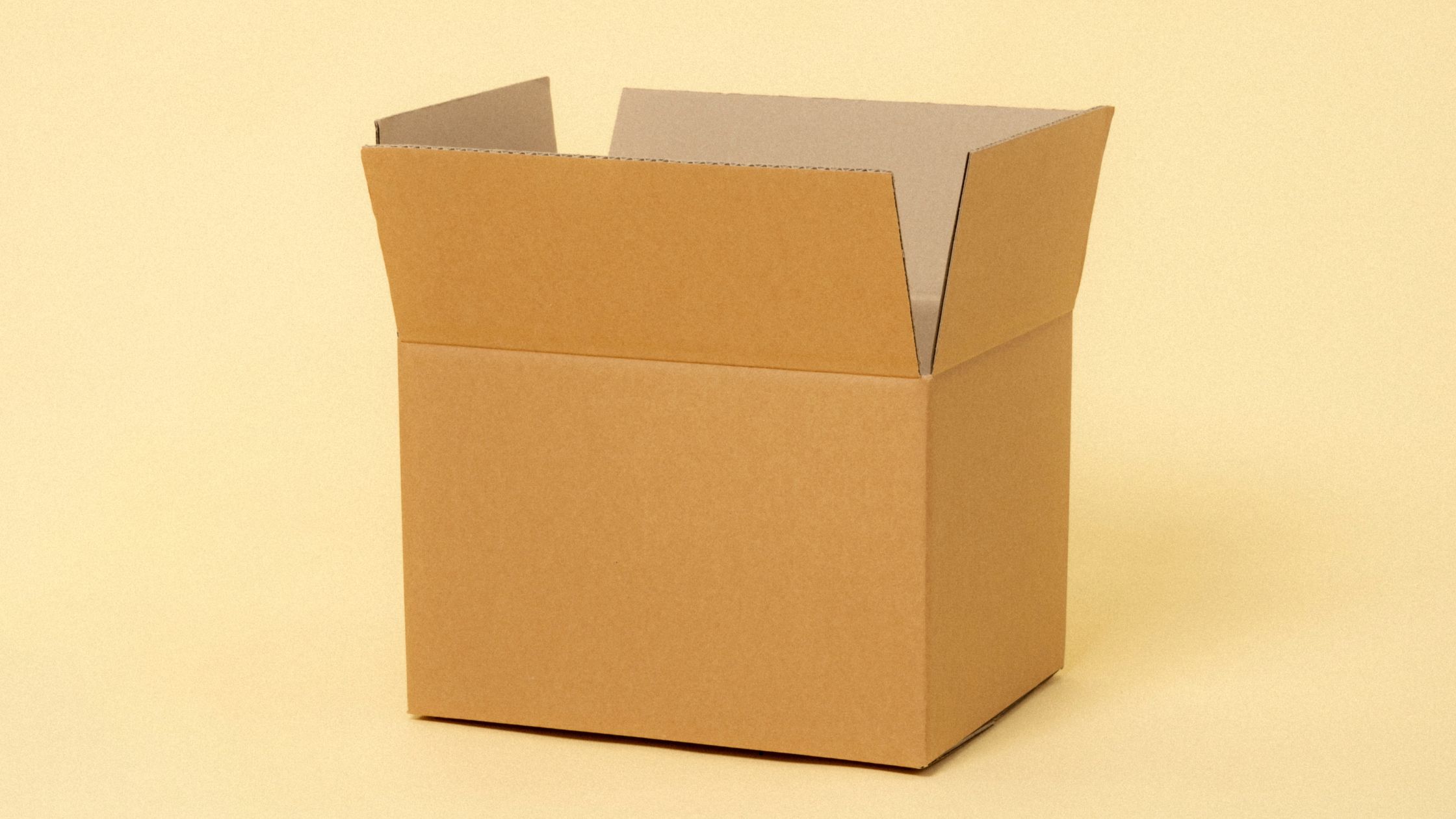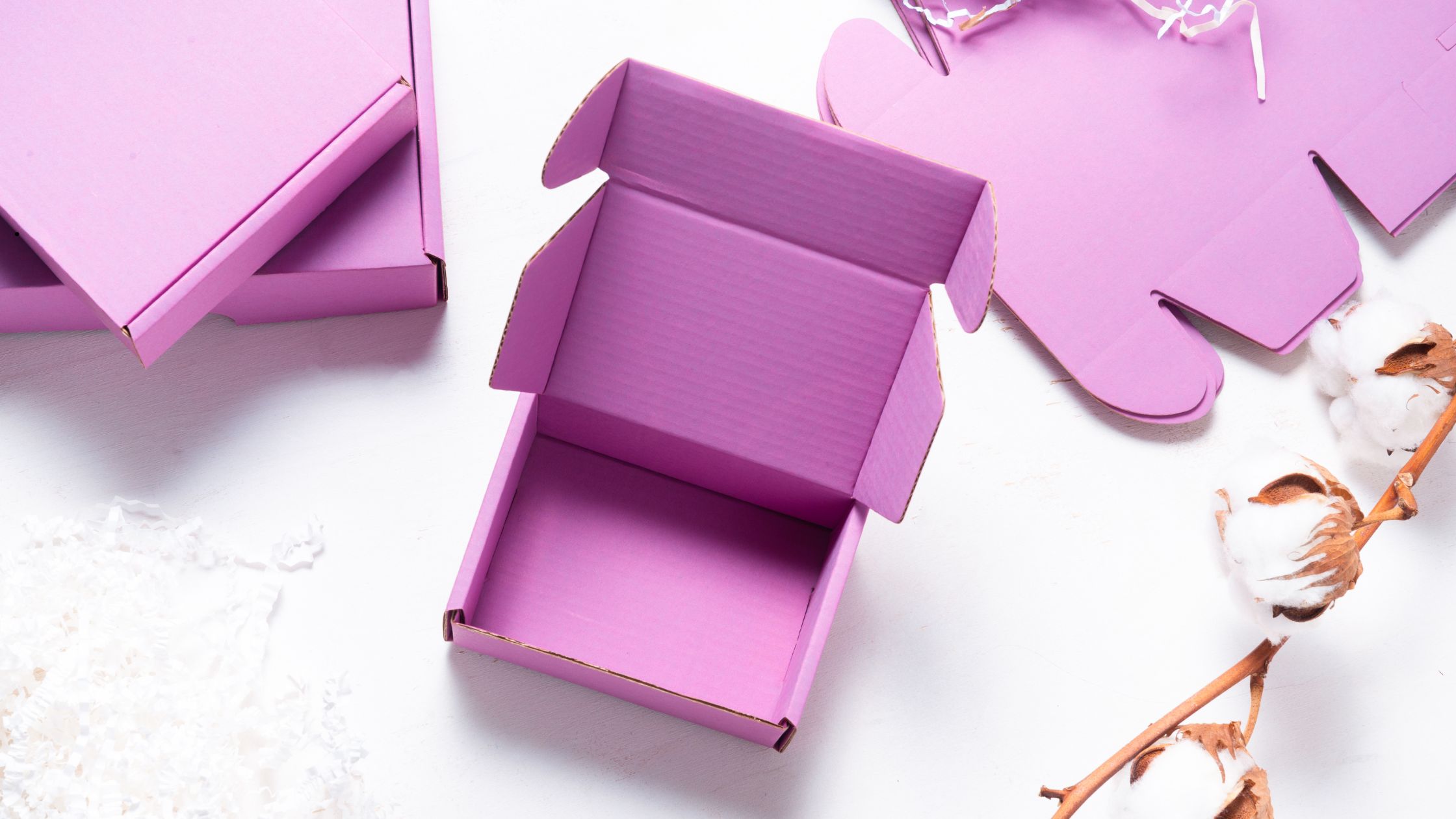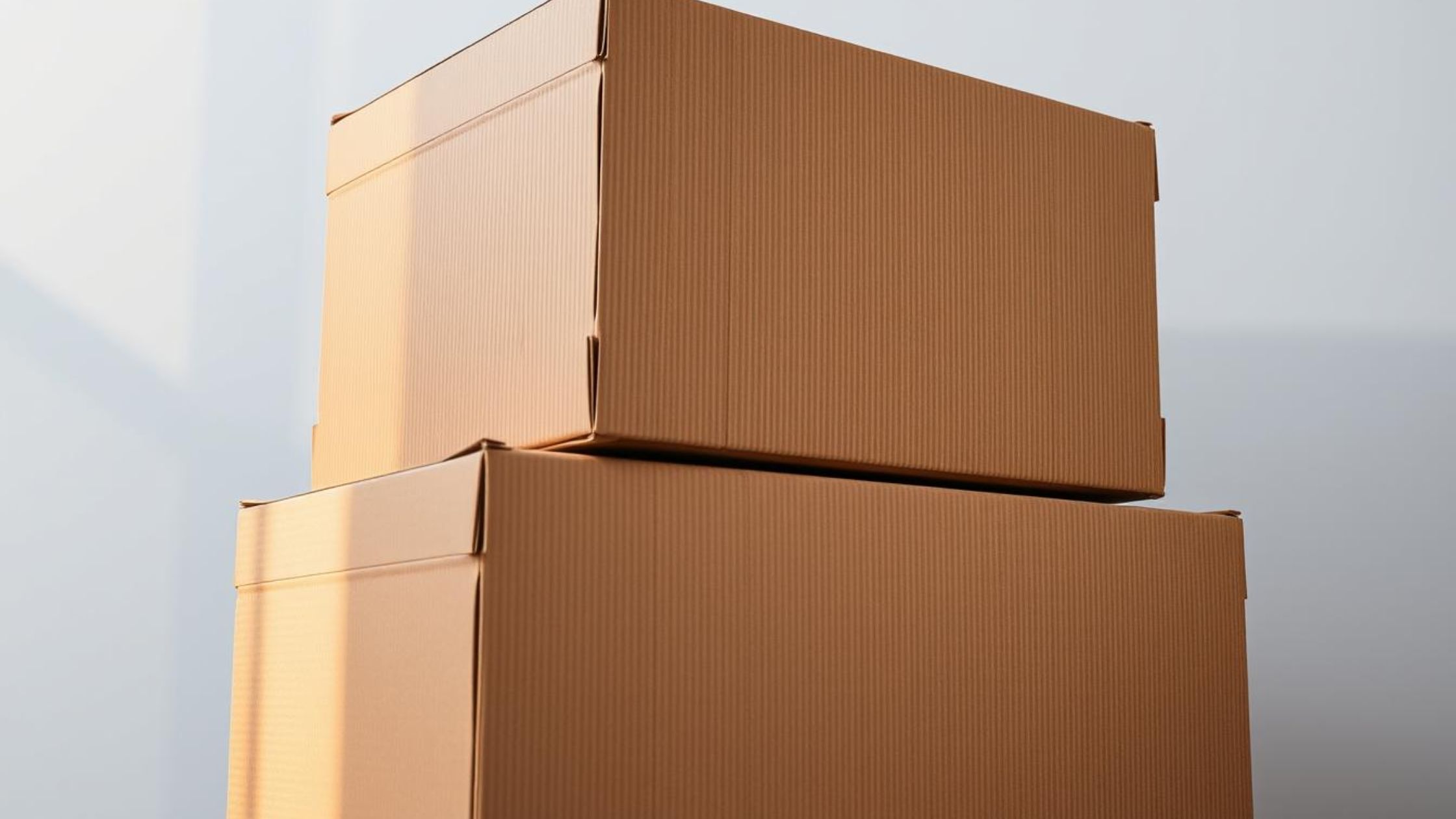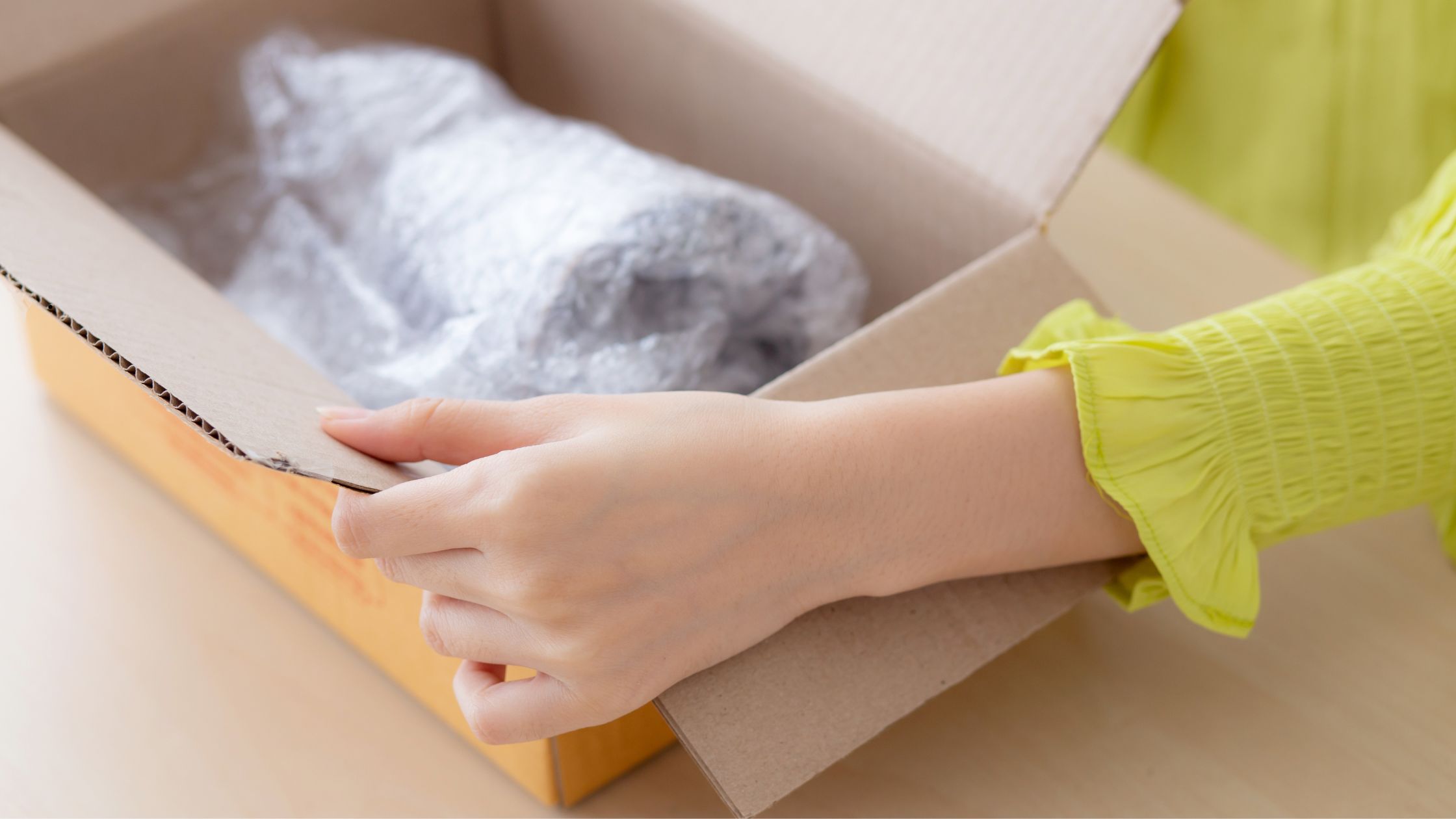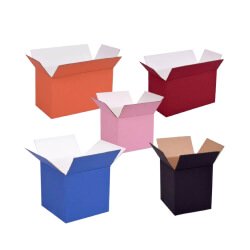UCanPack Blog
- - August 08, 2025
Imagine you run a busy online store. Every day, you get more orders, and time is critical. Then, you found an 8x8x8 shipping box that changed your packing game. Before, you were trying different sizes, hoping to find the right one.
This box size was perfect for many items. It made packing faster and deliveries more efficient. When you have a high volume of orders, the right boxes and packing supplies are key. They help keep customers happy and your business growing.
Let's explore how sizes like the 8x8x8 can make your shipping smoother. This way, your deliveries will be quick and easy.
Key Takeaways
- Understanding the correct shipping box sizes is key to efficiency.
- The 8x8x8 shipping box fits many products well.
- Choosing the right box size can save on shipping costs.
- Using the right packing supplies lowers the risk of damage.
- Efficient packing means faster order fulfillment.
The Importance of Choosing the Right Shipping Box Size for Your Business
Choosing the right shipping box size
- - August 07, 2025
Did you know that nearly 30% of online shoppers leave their carts because of bad shipping options? In today's fast-paced e-commerce world, understanding different mailer box sizes is key. It's not just about sending items; it's about making sure they arrive safely and in good condition.
Choosing the correct box mailers for your products can improve shipping efficiency and customer satisfaction. That's where UCanPack comes in. They offer expert advice on picking the perfect box sizes for all kinds of products. This way, every package gets the care it needs.
Key Takeaways
- Understanding mailer box sizes is essential for efficient e-commerce shipping.
- Appropriately sized packaging enhances customer satisfaction and reduces cart abandonment.
- UCanPack provides expert guidance on selecting the right box mailers for your products.
- Customizing your packaging can significantly improve your brand presentation.
- Efficient packaging solutions lead to cost savings and better storage management.
The
- - August 07, 2025
Ever thought about why some packaging is a must for shipping heavy items? It's all about the strength of triple wall boxes. These boxes are made with three layers of fluting, giving your items top-notch protection. They're perfect for shipping anything from heavy machinery to delicate art.Knowing the importance of these boxes can make a difference in keeping your shipments safe. Let's take a closer look at the benefits and uses of triple-wall boxes in today's fast-paced world.
Key Takeaways
- Triple-wall boxes offer superior strength for heavy-duty shipping needs.
- They safeguard valuable shipments against impact and compression.
- These boxes are critical for moving fragile and high-value items.
- Understanding these boxes helps make better shipping choices.
- Using triple-wall boxes can improve shipping efficiency and reliability.
Understanding Triple Wall Boxes for Heavy-Duty Applications
Triple-wall boxes are a strong packaging solution for demanding shipping needs. They have three layers
- - July 22, 2025
Picture this: you’re unwrapping a package you’ve been dying to get your hands on, only to find the contents crushed or damaged. Ugh, what a letdown, right? This is precisely why packaging strength is so crucial in today’s world. From sturdy 32 ect boxes to protective corrugated sheets, every detail counts when it comes to keeping your products safe. But how do you know the materials you’re using are up to snuff? That’s where certifications come in—they’re like a seal of approval, ensuring your packaging is both strong and safe.
At UCanPack, we’re all about providing reliable solutions, whether it’s black paper, black cardboard sheets, or different kinds of envelopes. Our commitment to safety and quality ensures that your goods will arrive intact from point A to point B. Let’s break down why these certifications are a game-changer and how they can help your business shine.
Key Takeaways
- Packaging strength is crucial for protecting products during transit.
- Certifications ensure the safety
- - July 21, 2025Imagine this scenario. Your product which is handcrafted, priced with care, gets carefully packaged into a standard brown box. A week later, a customer dings you for “more packaging than product.ReadMore
- - July 21, 2025
Did you know that approximately 40% of consumers are more likely to buy from a brand again if they have a great unboxing experience? Yeah, that's a game-changer in the e-commerce world, you know? Colored mailers really step up here—they're not just for shipping; they create those special moments that stick with customers and completely shift how they view your brand.
When you opt for colorful shipping, it's as if you're not just delivering a package; you're sparking joy and engaging their senses. Honestly, every time someone peels open one of those vibrant envelopes, your brand pops into their mind. It's such a simple thing, but it can turn a one-time buyer into a lifelong fan. Let's explore how colored mailers can help your brand stand out.
Key Takeaways
- Memorable unboxing experiences can lead to repeat purchases.
- Colored boxes enhance e-commerce packaging effectiveness.
- Distinct packaging elevates brand identity.
- Engaging colors promote customer delight.
- Upgrading your packaging can foster
- - July 21, 2025
Ever thought about how a tiny misstep in selecting a box size can send your shipping costs skyrocketing? It’s crazy how much of a difference it makes! Choosing the right box—like a snug Mailer Boxes—is the secret sauce to keeping your wallet happy. It’s not just about simplifying things; it’s about reducing costs while maintaining smooth operations.
Using the perfect box size, such as 9x6x3 boxes for smaller items, can significantly reduce shipping expenses. It streamlines your process and keeps your customers smiling. With UCanPack, you’ll get the lowdown on picking the ideal box size for every shipment. This way, you’re saving money and ensuring everything runs like a well-oiled machine.
Key Takeaways
- Correct box dimensions can significantly reduce shipping costs.
- Improper sizing can lead to inflated expenses and reduced efficiency.
- UCanPack can guide you in optimizing your packaging strategy.
- Understanding DIM weight is key for cost management.
- A well-planned packaging approach
- - July 20, 2025A box alone never tells the full story of safe shipping. Every business that packs and ships knows the uneasy moment before a delivery reaches its customer. Will everything inside arrive the way it left? This is where protective packaging earns its reputation. While most conversations center on box strength or outer packaging, the real heroes of safe transit often stay hidden inside the box: corrugated cardboard sheets and shipping box dividers.ReadMore
- - July 17, 2025Imagine this. A growing business lands a major order and requires packaging supplies that fit both brand and budget. In fact, a recent KPMG study found that over two thirds of large U.S. firms plan to move supply operations closer, shifting nearly 10 percentage points toward North or South America, driven by a desire for control, quality, and agility. The decision seems simple at first. But sourcing never follows a straight line.ReadMore
- - July 11, 2025Somewhere on a warehouse floor, someone might be holding a box in one hand and a product in the other. The product does not quite fit. It shifts too much. The corners push out. Void fill is added, tape gets doubled, and shipping time increases. Multiply that scene by 50 SKUs and hundreds of orders per day. That is the real cost of not having the right packaging system in place.ReadMore

